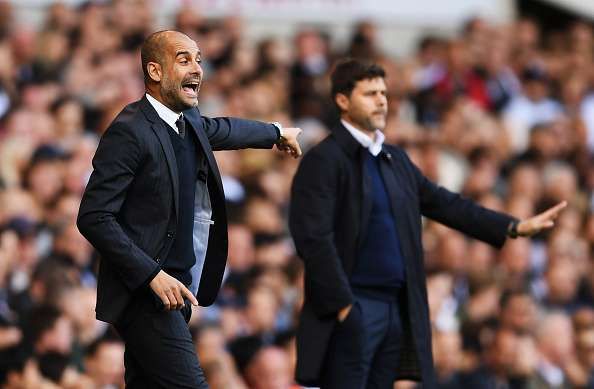
EPL 2016-17: Tactical lessons from Tottenham Hotspur's win over Manchester City
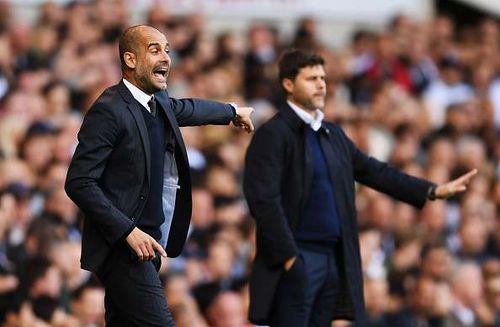
After the game, an elated Tottenham Hotspur captain Hugo Lloris said, “If you look at the City performances they won their last six games, but they conceded a lot of chances and some goals.” That is not the sign of a captain puffing out his chest in front of the media after a perfect result – that is a statement about how well Lloris and his men had prepared for this crunch, top-of-the-table battle.
With this 2-0 win over Manchester City and their impressively restrained and mature performance, Lloris’ other statement – “It was a bit unlucky that we did not score the third goal to be safe, but that's football and we were very proud and pleased with the result in the end." – makes perfect sense. It allows him to pat his teammates on the back for a performance that has signalled not just to the Premier League, but also to the rest of Europe that Mauricio Pochettino’s men are tough opponents to play against.
Pre-game, this match had been billed as a contest between the league’s best and most free-flowing attack and the league’s best and most disciplined defence. In hindsight, the match looked more like a training exercise for the Spurs’ defence than a contest with any kind of parity, such was the Spurs’ dominance over the proceedings on the tactical level.
This Manchester City team wasn’t in a bad patch – it was one of the few teams in Europe that had remained unbeaten till the start of October. They had a perfect record in the Premier League as well as their other fixtures – till their draw at Celtic Park during midweek. They had scored an average of more than three goals per game and had succeeded in keeping their opponents down to less than a goal per game.
Also read: Mauricio Pochettino has turned Spurs into a force to be reckoned with
So impressive was their start to the season, in fact, that based on their recent success, many a pundit had already pencilled their name in as favourites for the Premier League. City weren’t just outplaying their opponents every game – they were outthinking and tactically outmaneuvering them as well. The plaudits had all rained in for Pep Guardiola.
The man himself was, however, fairly critical of his own men for some of their failings, and these failings came to the fore against Tottenham. Fernandinho, who was in imperious form so far, was restricted to the occasional shot from the distance, while he received an astonishingly poor rating of -23 on Squawka. The rest of the team performed similarly, as City recorded a season low of 58% possession against a really proactive Tottenham side.
So why did the unstoppable force fail against the immovable object?
The midfield battle
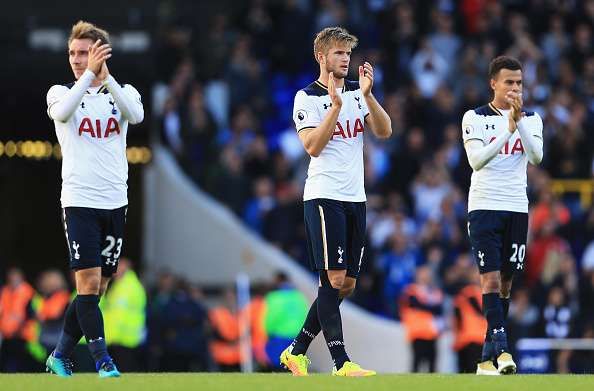
Manchester City’s squad, overall, is superior to that of Spurs when it comes to playing intricate football with neat dribbling moves. They are better at playing instinctive attacking football as a unit than Tottenham, and this is a realisation that led Pochettino to allow City possession in their own half.
Spurs defended as a moving unit of 10 men playing in a tight, roughly 30mx50m rectangle. They squeezed up the pitch very tightly and held a high line against City for almost the entire match, barring the last spell when City had a greater semblance of control over the proceedings.
Dele Alli, working in conjunction with Son Heung-min, Moussa Sissoko, Erik Lamela and Christian Eriksen, did a great job of putting City’s defenders under pressure in their own half. Instead of going in for full-blooded tackles, this Spurs front five maintained a rigid shape and each of them took turns in harrying the City player in their assigned zones.
For the entire duration of the first half, City tried to find ways through the Spurs midfield barrier. Spurs’ narrow shape, high defensive work rate and relaxed approach towards regaining possession allowed them to completely stifle the City attack. City registered their first shot on target only after the halftime break.
In this period, the London club soaked up pressure like a sponge, and when they got the ball back, they tried a number of different approaches of breaking down City. By sending Alli and Lamela down the central and right wing areas to support Sissoko and Walker on Spurs’ right wing, Pochettino got them to build up many of their attacks with intricate passes down their wings.
Crucially in context to the game, Guardiola failed to identify that playing through the Tottenham defence would be very tough on the day. This led to City partaking in the main tactical battle of the game with the same sterile approach for much of the match.
John Stones and Nicolas Otamendi did not try much by way of punting long balls upfield for Sergio Aguero to race onto, and this made Toby Alderweireld and Jan Vertonghen’s job in defense even easier. Aguero’s runs nearly all went unspotted by any of the midfield players and he remained isolated from the buildup play in most of City’s possession spells.
City’s predictability kept them from performing to their best in attack as Spurs were successfully able to overload whichever zone the ball entered and regain possession with individual pressing by the players.
Tottenham’s attacking scheme
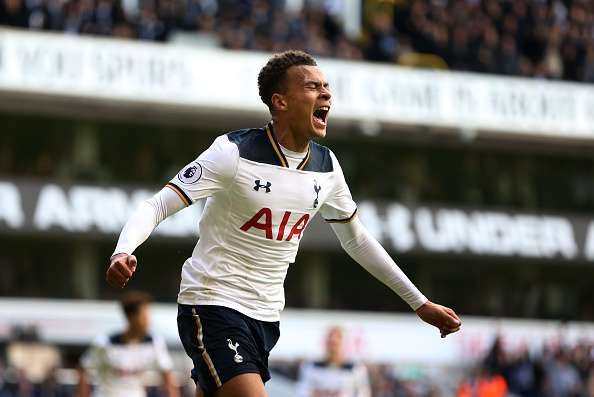
The Spurs quartet of Sissoko, Lamela, Danny Rose and Kyle Walker combined to generate 74% of Spurs attacks with their wing-oriented gameplay. They did a fine job of creating chances for the likes of Alli, Son and Victor Wanyama, who made well-timed runs into the penalty area. The link-up interplay between the Spurs’ front 6 and their fullbacks was confidently executed by everyone.
Son troubled John Stones and Otamendi throughout the game with his movement to drag them out of position. Often, he popped up unmarked on the wings during the Spurs’ counter-attacking moves.
Spurs did not try to force the issue with their attack. They built up with a more cynical, measured approach. Ball movement from either of the wings to the centre, and then onto the other wing, did not happen with much regularity. The Spurs concentrated instead on delivering the final ball into the box from whichever side of the pitch they were able to.
With numbers at the back, City also held their own through many of the Spurs’ moves. But some neat, quick ball movement by the delightful Alli and Eriksen gave the Spurs a number of shooting chances in and around the City box in both halves.
Lamela even had the opportunity to waste a penalty without consequence, as Spurs were periodically able to keep attacking pressure on City for extended spells. They showed enough of an open attacking threat in most scenarios to deter the City backline from any flashy clearing moves, keeping them honest to their tactical duties.
Signal of intent
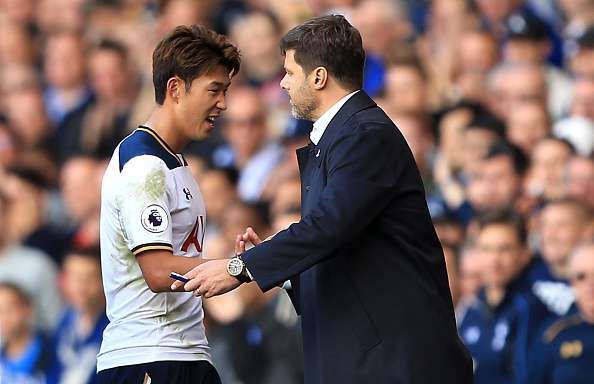
By not allowing this marauding City team to play their own game at home, Spurs have laid down a marker for the rest of the season. If they show the same levels of individual and collective performance, it will be tough for any visiting team to score – Spurs’ defensive shape enables them to dispose of almost all kinds of attacking threats coming from open play.
The inclusion of the fast Son, in place of Harry Kane, and his subsequently bright performance signifies that Spurs also have a very deep squad that is capable of competing in a number of competitions at the same level. Any European opponents should be wary of their rearguard action.
For more articles like this and all news related to the wide world of football, please click here.